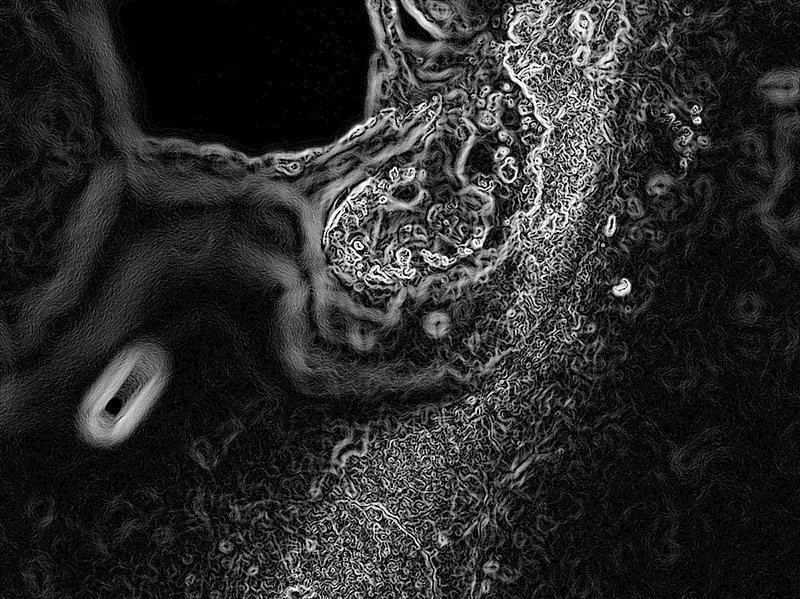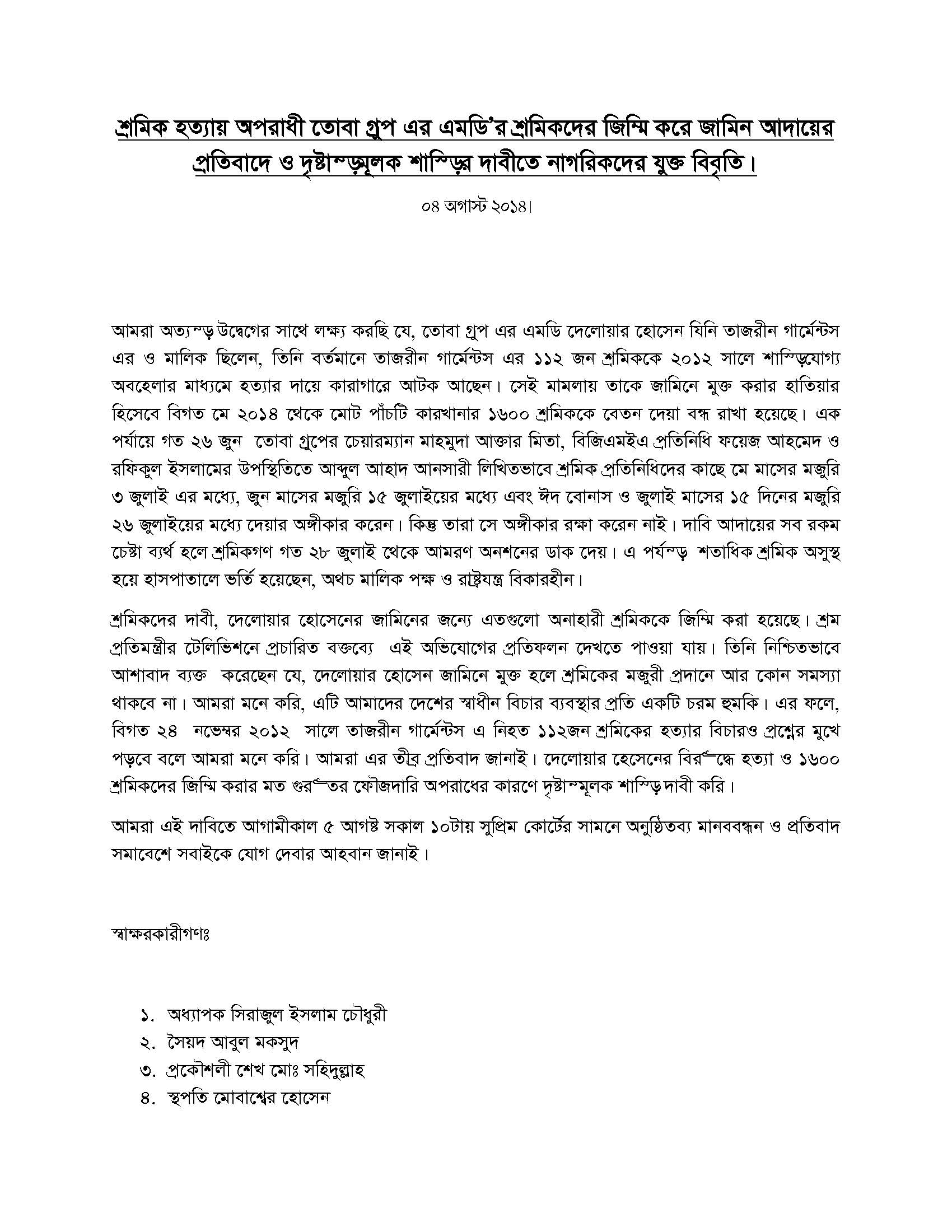
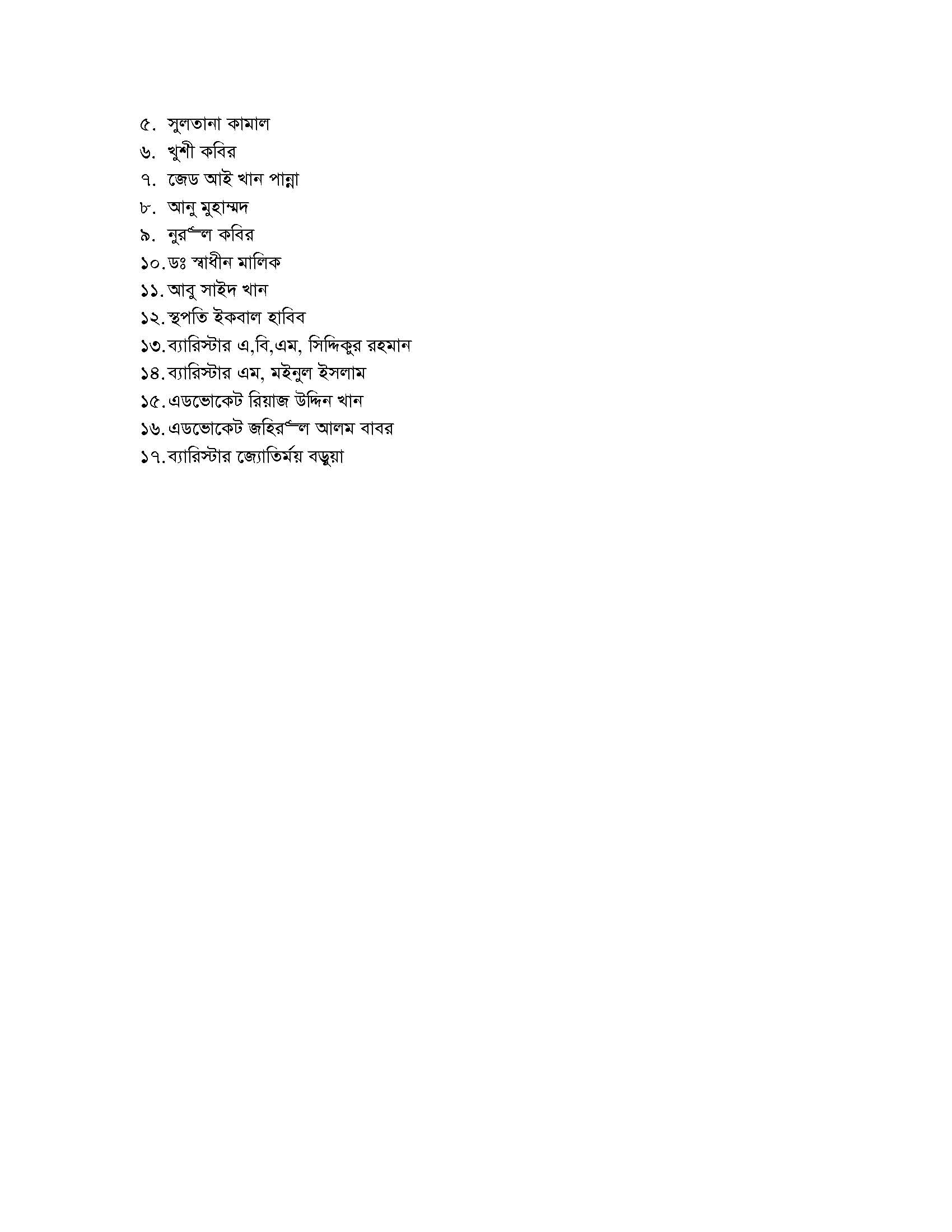
Download PDF?Joint Statement Tuba
Category: Law
Eighteen
?I think it is natural to expect the caged bird to be angry at those who imprisoned her. But if she understands that she has been imprisoned and that the cage is not her rightful place, then she has every right to claim the freedom of the skies!” Kalpana Chakma

Eighteen. The legal age to vote.?The age of sexual consent. The threshold of adulthood when one ceases to be a child. Eighteen. The sections of the?Mahabharata. Eighteen armies fighting over eighteen days. Eighteen, the number of years we have waited for justice. Eighteen years that you have been gone Kalpana, my sister.
Continue reading “Eighteen”
Picturing Abortion
by?Sarah Ackley
Hipocrite Reader?ISSUE 14 | INNOCENCE | MAR 2012
Nilsson certainly wasn?t the first to photograph the fetus. A number of photographs of embryos and fetuses appeared in the?July 3, 1950 issue?of?Life?magazine, but Nilsson was thought to be the first to photograph live fetuses in the uterus. The editor?s note of the 1965 issue of?Lifereads,
The opening picture in Nilsson’s essay, a live baby inside the womb, is a historic and extraordinary photographic achievement… [A] doctor said, ?As far as I know, in utero pictures such as Nilsson’s have never been taken before. When you take living tissue in its living state and view it in its natural surroundings you can see things you can’t see afterward. Being able to view the fetus inside the uterus, and being able to note its circulatory details, is rather sensational from our point of view.?
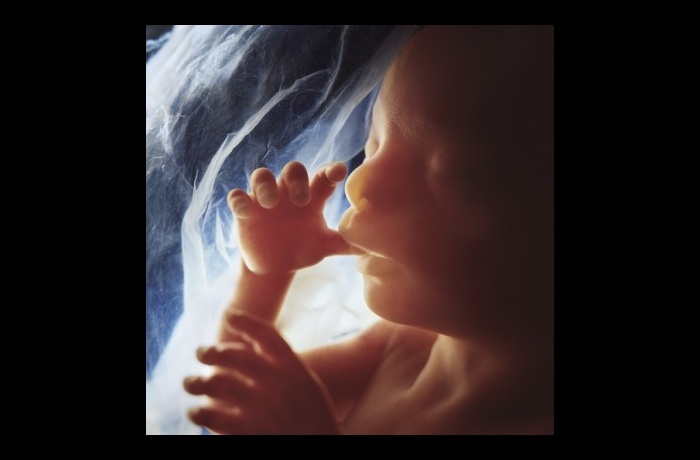
The Blood Telegram: Nixon, Kissinger and a Forgotten Genocide.
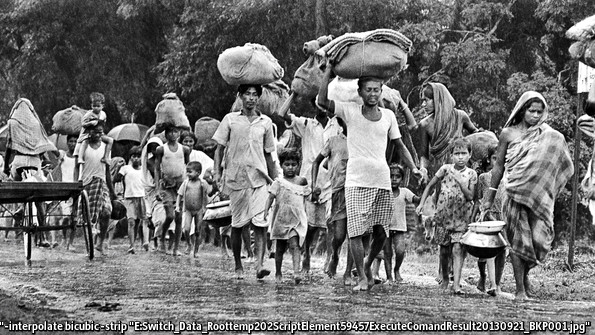
?By Gary Bass. The Economist
UNTIL 1971 Pakistan was made up of two parts: west and east. Both Muslim-dominated territories were born out of India?s bloody partition 24 years earlier, though they existed awkwardly 1,600km apart, divided by hostile Indian territory. Relations between the two halves were always poor. The west dominated: it had the capital, Islamabad, and greater political, economic and military clout. Its more warlike Pashtuns and prosperous Punjabis, among others, looked down on Bengali easterners as passive and backward. Continue reading “The Blood Telegram: Nixon, Kissinger and a Forgotten Genocide.”
The waning of American hegemony
By FLYNT LEVERETT and HILLARY MANN LEVERETT. The Hindu
An illegal intervention in Syria will not only fail to sustain American hegemony in West Asia but also provide a shot in the arm for Assad?s regime Continue reading “The waning of American hegemony”
Forced to Participate In War Crimes
In Suicide Note, Iraq War Veteran Says He Was Forced to Participate In War?Crimes
by Rania Khalek in Dispatches from the Underclass
 Dan Somers (right) performing at his band?s CD Release Show (Phoenix New Times/Melissa Fossum)
Dan Somers (right) performing at his band?s CD Release Show (Phoenix New Times/Melissa Fossum)
On June 10, 2013, 30-year-old Iraq War veteran Daniel Somers killed himself after writing a powerful letter to his family explaining his reasons for doing so.
?My mind is a wasteland filled with visions of incredible horror, unceasing depression, and crippling anxiety, even with all of the medications the doctors dare give,? reads the letter, which Somers? family allowed?Gawker?to?publish. Somers went on to reveal the source of his pain: Continue reading “Forced to Participate In War Crimes”
Stifling the whistleblower
ASIAN HUMAN RIGHTS COMMISSION – URGENT APPEALS PROGRAMME
Urgent Appeal Case: AHRC-UAC-104-2013

11 August 2013
——————————
BANGLADESH: Human rights defender, Mr. Adilur Rahman Khan arbitrarily detained
ISSUES: Arbitrary arrest and detention; ill-treatment; fabricated charges; freedom of expression and opinion; human rights defender; corruption; impunity
——————————
Dear friends,
The Asian Human Rights Commission (AHRC) has received information that the Detective Branch of Dhaka Metropolitan Police has arrested Mr. Adilur Rahman Khan, one of most respected human rights defenders in Bangladesh and the Secretary of Odhikar. A group of plain clothed men picked up Mr. Adilur from his residence at?10:20 p.m., on 10 August 2013. Neither Adilur, nor the family was informed why they were taking Adilur into custody and where they were taking him. Later, media in Bangladesh have published reports, quoting police officers Adilur was arrested in relation to a case registered at Gulshan Police Station, for offenses punishable under the Information and Communications Technology Act, 2006. However, the Gulshan police has informed Odhikar that they had no case registered against Adilur at the station, and that the officers there learned about Adilur’s arrest through the media. There is serious concern about Adilur’s safety in custody. Please intervene immediately in this case, so that Adilur remains safe in custody and released without delay. Continue reading “Stifling the whistleblower”
Eid without Talha. Held for seven years without trial.
Syed Talha Ahsan?is a British poet and translator. He has been imprisoned for seven years without a trial. The family is spending another Eid without him.
Continue reading “Eid without Talha. Held for seven years without trial.”
Justice Still Elusive in Factory Disasters in Bangladesh
by Jim Yardley. The New York Times
DHAKA, Bangladesh ? Inside Courtroom 21, the two judges peered down from high wooden chairs as lawyers in formal black robes presented their motions. Activists and victims watched from the back. And a few steps away, a portly man with a thick black beard remained silent. He was the suspect. He did not seem especially nervous. Continue reading “Justice Still Elusive in Factory Disasters in Bangladesh”
Searching for Kalpana Chakma
A Photo-Forensic Study
Part of the “No More” public awareness campaign of Drik.
Let me ask a silly question, my partner Rahnuma had said. “But isn’t it all in your imagination” Of course it was. The images I’d created, while based upon complex scientific procedures, did not ‘prove’ anything. The objects I had photographed, while silent witnesses, had not ‘seen’ the crime. The artifacts, interviews, videos and photographs I was presenting were not ‘evidence.
